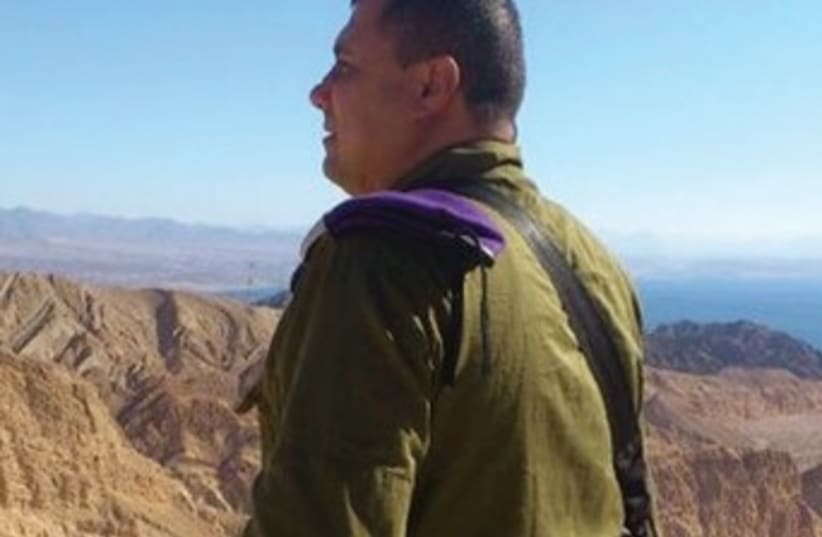The IDF’s Beduin trackers: Guarding against intrusion from the South
A day with the IDF’s Beduin trackers finds the "people of the field" putting their lives on the line to secure Israel's southern border and the mounting threat of al-Qaida-affiliated terror cells in Egypt's Sinai.
